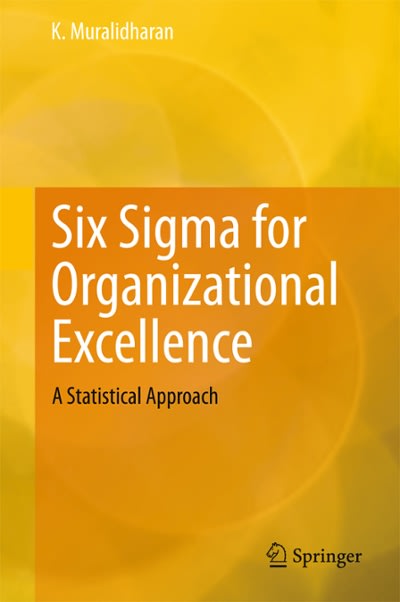Answered step by step
Verified Expert Solution
Question
1 Approved Answer
I(s) may contain a maximum Of one addition/subtraction operation (in Other words, you can not create a series Of small components separated by addition'


I(s) may contain a maximum Of one addition/subtraction operation (in Other words, you can not create a series Of small components separated by addition' subtraction f(x) must include a radical f(x) must include an Fxponpntial term orher Than f(.v) must include a Trigonometric term f (x) must include the Product Rule f (x) must include the Quotient Rule f must include the Chain Rule f(x) CANNOT be the same function you used in the Unit S Test You must clearly show your function and all the work involved in finding its derivative An example of an acceptable function would be something of form: 25' sin' An example Of an UNACCAPTABLE function would be something Of the form: f(x) = 25' x + + rsinx+
Step by Step Solution
There are 3 Steps involved in it
Step: 1

Get Instant Access to Expert-Tailored Solutions
See step-by-step solutions with expert insights and AI powered tools for academic success
Step: 2

Step: 3

Ace Your Homework with AI
Get the answers you need in no time with our AI-driven, step-by-step assistance
Get Started


